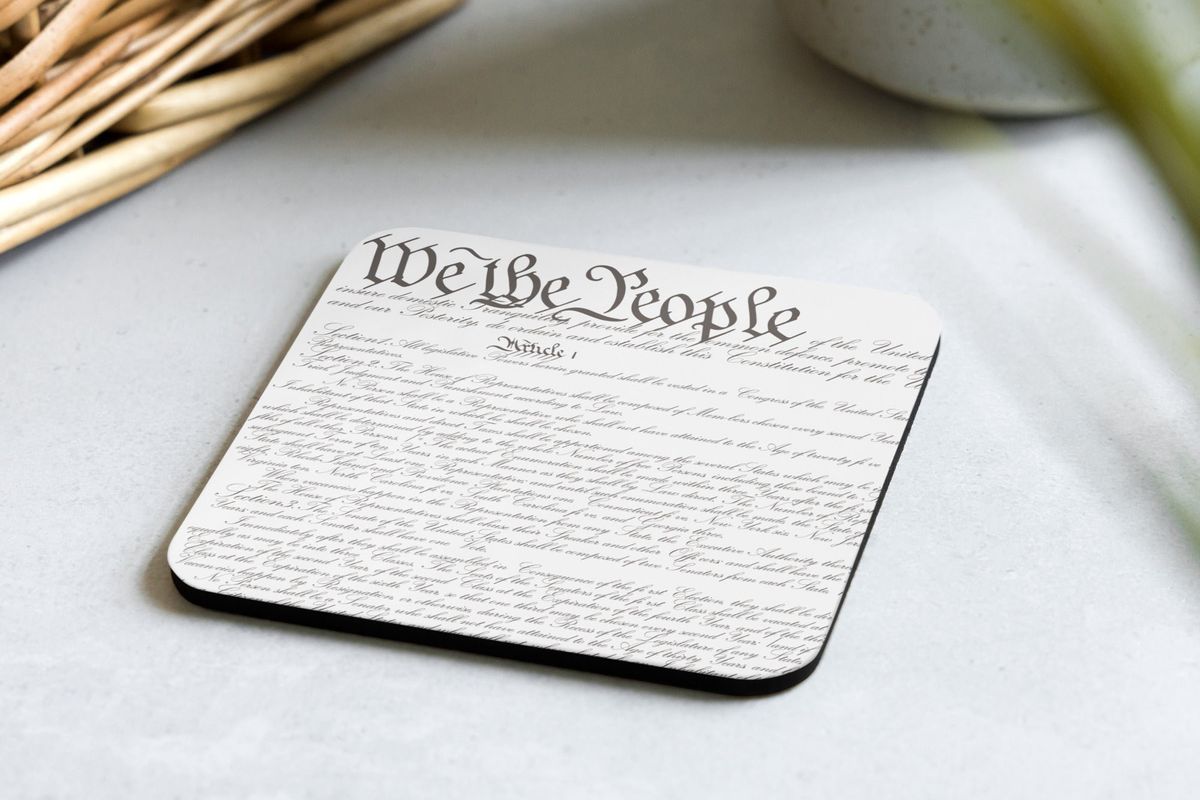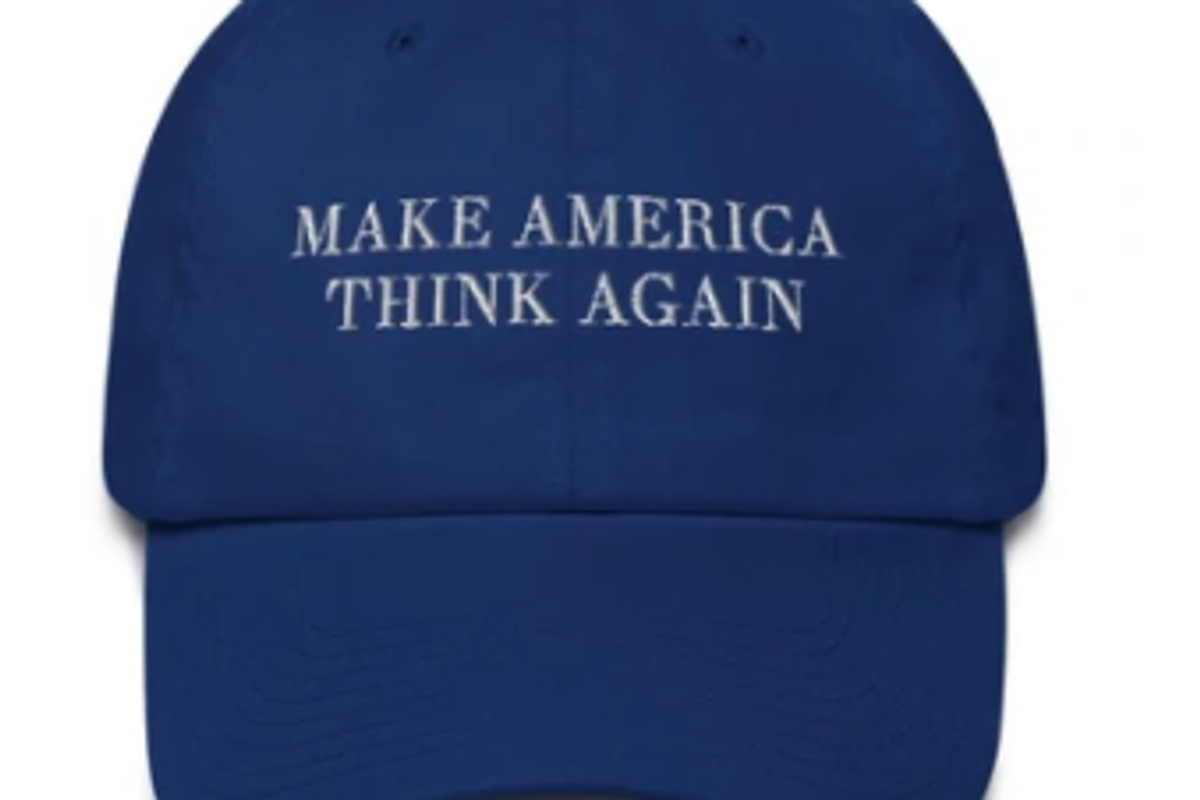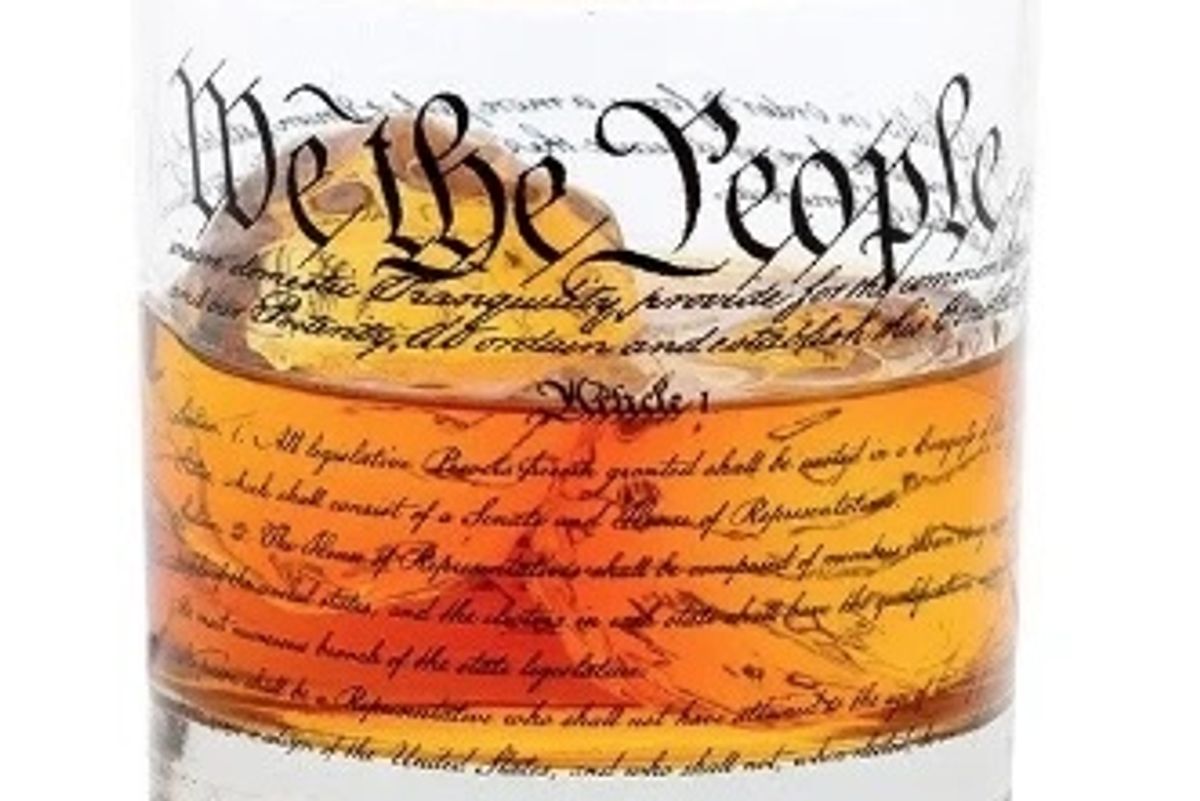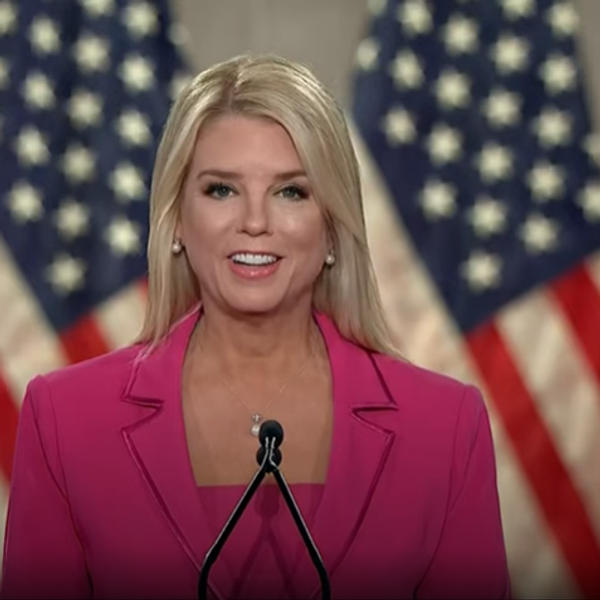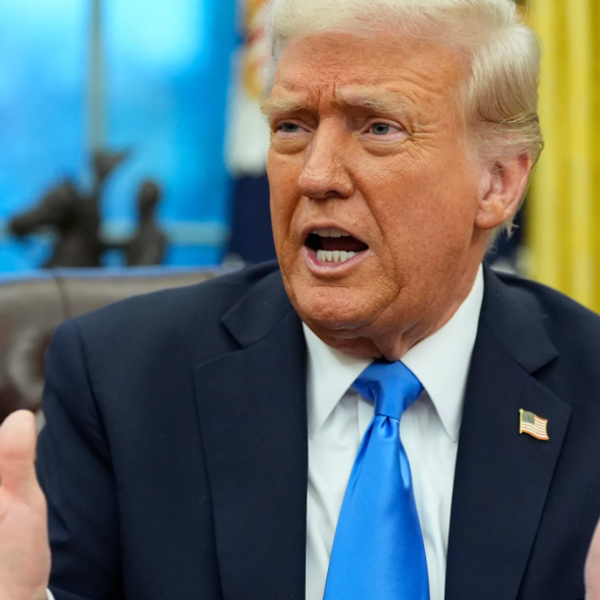Police Unions Enraged By Trump's January 6 Pardons As Republicans Defend Them
House Republicans are at odds with the nation’s two largest public safety unions over President Donald Trump’s decision to pardon violent rioters who assaulted police officers.
Trump granted clemency on Jan. 21 to all 1,500 rioters who attacked the U.S. Capitol on January 6, 2021. Capitol police officers were beaten and tased during the attack. Some were hospitalized with life-threatening injuries.
The International Association of Chiefs of Police (IACP) and the Fraternal Order of Police (FOP) issued a joint statement shortly after Trump announced the pardons.
“Crimes against law enforcement are not just attacks on individuals or public safety — they are attacks on society and undermine the rule of law,” the statement said. “Allowing those convicted of these crimes to be released early diminishes accountability and devalues the sacrifices made by courageous law enforcement officers and their families.”
The IACP and FOP combined represent more than 410,000 law enforcement professionals. The FOP endorsed Trump’s 2024 campaign.
House Speaker Mike Johnson (R-LA), meanwhile, defended Trump’s decision.
“We believe in redemption, we believe in second chances,” Johnson said. “You could argue that those people didn’t pay that heavy penalty, having been incarcerated and all of that. That’s up to you. But the president made a decision. We move forward. There are better days ahead of us.”
Majority Whip Rep. Tom Emmer (R-MN) told ABC News that voters wanted Trump to pardon the rioters.
“[Trump] did exactly what he campaigned on,” Emmer said. “He said what he was going to do when elected and he was elected by an overwhelming group of Americans. Seventy-seven million Americans gave Donald Trump a mandate.”
Republican Policy Committee Chair Rep. Kevin Hern (R-OK) voiced a similar sentiment.
“Only in politics do you get criticized for doing the things that you say you’re going to do,” Hern said. “That's what President Trump ran on — that he was going to pardon many if not all of the January 6 people that were convicted.”
Some of the pardoned rioters have committed other crimes.
Andrew Taake of Texas was convicted of assaulting Capitol police officers with a metal whip and bear spray. He is currently wanted by Harris County police for sexually soliciting a minor online.
David Daneil of North Carolina was convicted of using a barricade to trample a police officer. He was charged with producing and possessing child pornography in October 2024.
Emily Hernandez of Missouri was charged with stealing federal property during the riot. She was arrested last month for killing someone while driving drunk.
An AP-NORC poll from January found that only 20 percent of voters supported pardoning the rioters.
Reprinted with permission from American Journal News.








